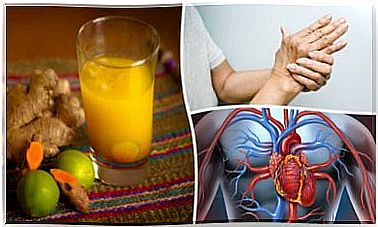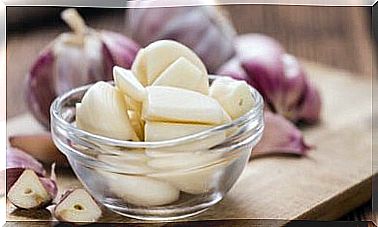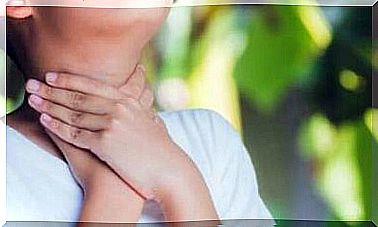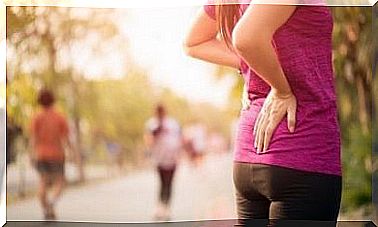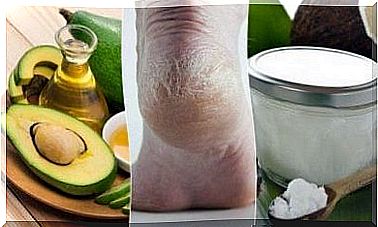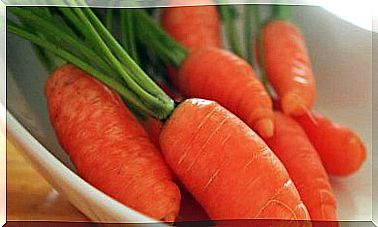The Benefits Of Beetroot In Our Diet

There are numerous benefits of beetroot for the health of the organism, a tuber with a sweetish taste. Among these, remember that it has a purifying action on the liver, reduces hypertension, fights constipation and provides a lot of energy.
Read on to find out the benefits of beetroot , why you should eat beetroot every day, and how to prepare it by varying recipes.
Beetroot
Beetroot, also called beetroot, is a vegetable whose root is eaten mainly, although, as we will explain in this article, the stems and leaves can also be consumed. It contains large amounts of vitamin B and vitamin C, minerals such as potassium, iron, sodium and magnesium, and fiber.
Benefits of beetroot for health
- It fights anemia and states of fatigue and exhaustion thanks above all to the high content of magnesium and iron. It is ideal for convalescence and healing periods.
- It reduces arterial hypertension in a natural way.
- It has anti-inflammatory properties.
- It is a purifying food that helps cleanse the blood and liver. It also promotes the elimination of toxins that enter the body and damage the liver.
- Reduces the risk of cardiovascular disease.
- It has a powerful anti-cancer action, like most foods of this purplish color.
- The high fiber content promotes bowel movement in a natural way.
How to consume beetroot?
- Roast : for those who do not particularly like the sweetish taste of beetroot we recommend adding it, cut into small pieces, to any roast of meat, vegetables or legumes. This way, the beetroot’s flavor will be less strong, but it will still be possible to enjoy its properties.
- Cooked : to cook the beetroot, it must first be washed thoroughly, so as not to have to remove the peel. A piece of stem must also be left.
By following these two tips, you will be able to better preserve the nutrients, color and flavor of the beetroot. It will likely need to cook at least an hour before it reaches a soft consistency.
- Raw : beetroot lovers can also eat it raw by adding it to salads or as a side dish. Since it is quite hard, you can grate it, which will give a nice color and a good look to your dishes. You can also add it in the preparation of desserts such as biscuits or yogurt.
- In the form of juice or smoothie : a delicious and original recipe is to add beetroot to juices or smoothies. This way, you can benefit from its nutrients raw and you won’t have to chew it. You can combine it with apples, bananas, red fruits, strawberries, etc.

Don’t throw away the leaves!
If you buy organic beets, they are likely to be sold with the leaves. To fully enjoy the benefits of beetroot, also use the leaves which, in reality, are the part of the vegetable that was once consumed most. You just have to wash them thoroughly and then you can add them to juices, smoothies, roasts, omelettes or salads.
Beetroot leaves are rich in vitamins A, C and K and in minerals such as calcium and iron.
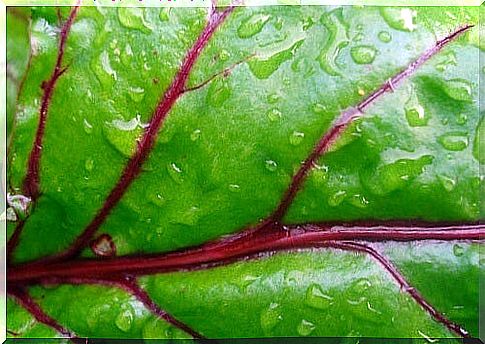
Curative treatment for women
Beetroot juice is a very effective ancient remedy for treating menstrual irregularity and premature menopause. In both cases, it is recommended to drink a glass of beetroot juice every day on an empty stomach throughout the period of discomfort and discomfort.
Beetroot soup (Russian Borscht)
It is a very famous recipe from Eastern European cuisine, ideal for fighting the typical cold of these countries: Borscht soup or beetroot soup.
- Prepare a sauté with onion and beetroot cut into small pieces.
- When they have softened, after about 7 minutes, add the vegetable broth.
- Cook over low heat for 15 minutes.
- Add finely chopped fresh cabbage, parsley, Sherry, salt and pepper to taste.
- According to the traditional recipe, you can also add sour cream or fresh cream.
A natural and vegetable dye
A curiosity about beetroot: a reddish dye used in many foods is obtained from this vegetable. It is also known as an E-162 or betaine additive and is not bad for your health.
Instead, there is another reddish dye, known as E-120, which is extracted from an insect, the cochineal. While not dangerous, it can still easily trigger allergic reactions.
Images courtesy of Skånska Matupplevelser, Larry and net_efekt.

